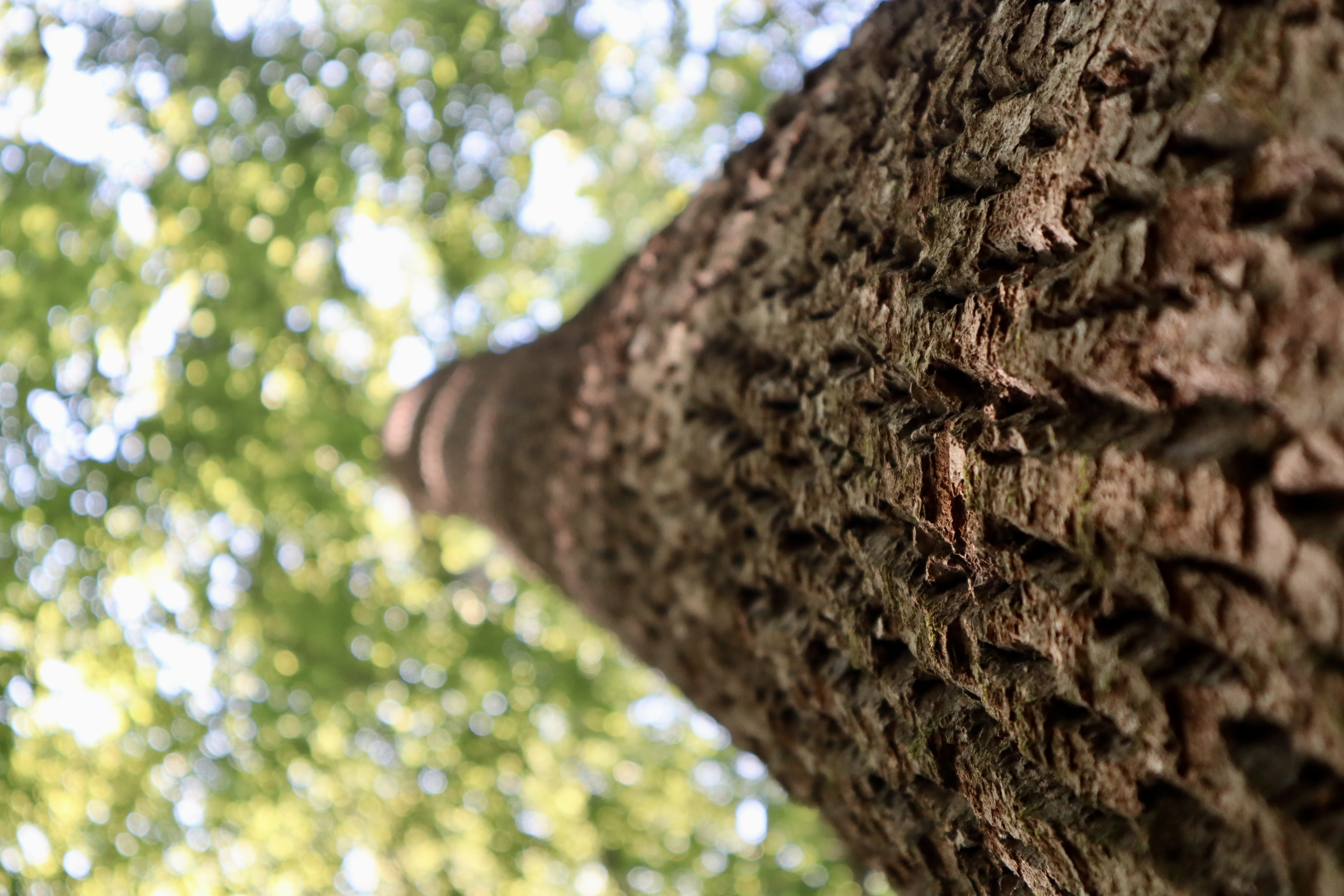Champion tree programs are not only good for the environment, they’re good for communities too. Read on to learn how using champion tree conservation programs now, can help Wake County create more sustainable and livable communities far into the future.

Champion trees come in two flavors: the nation or state’s largest specimen of each tree species, and trees communities care about and protect. The former are always spectacular, worth a visit, and far more rewarding to spend time with than other ‘world’s largest’ attractions like balls of twine.
Wake County has champion trees you can visit including a spectacular black oak and a willow oak at the NC Fairgrounds complex that may be a champion someday. Community champion tree programs, however, are far more impactful because they can be used in every community and neighborhood in Wake County, and protect trees.

Like the proverbial Giving Tree, they provide endless benefits including:
- mental health
- a gathering place for adults and children
- protection from heat, cold, and flooding
- higher property values
- homes for urban wildlife
Communities can define their own criteria for what makes a champion tree and how to integrate champion trees into development planning. Cary, uses champion tree status to protect large healthy trees. Cary defines a champion tree as any hardwood tree 32-inches or greater in diameter and pines 40-inches or greater.

The tree protection ordinance states champion trees should be preserved to the maximum degree possible while allowing “reasonable development of a site, given its zoning classification.” Champion trees and their root zones must be identified during site assessment, protected during construction with fencing and signage, and replaced with an equal number of caliper inches if they are fatally injured during construction activities. The ordinance also outlines how to prioritize champion tree conservation, when needed, with groups of large champion trees in a prominent location ranking first and single small champion trees in out of the way places ranking last.
Leslie Moorman, the Urban Forester for Cary, described several benefits of champion tree conservation programs including preserving wildlife habitat, protecting water quality and protecting soil quality. She explained that “the intent behind protecting large maturing trees, providing bigger benefits to citizens, is to not only protect the trees but also the soil.” She noted developers must protect a minimum of 1.25-feet of soil space for every inch in tree diameter, so a 38-inch diameter oak tree would require a protection zone of 47.5-feet all the way around the tree. Soil disturbance during development is hard to recover from. Cary is always trying to find ways to improve their tree protection policy, to be more impactful and to draw attention to the importance of our tree canopy.
She suggested communities wanting to effectively protect their most valuable trees with a champion tree program should consider the following best practices: (1) protecting groups of large maturing trees will provide the biggest bang for your buck, meaning that it will protect a larger area of natural space, keeping forest structure in place, (2) think about what tree species you have occurring naturally in your area and make sure your definition of what makes a champion tree is the appropriate diameter, and (3) develop an education and outreach effort to engage the public and the development world on how trees are a part of your community’s culture.


